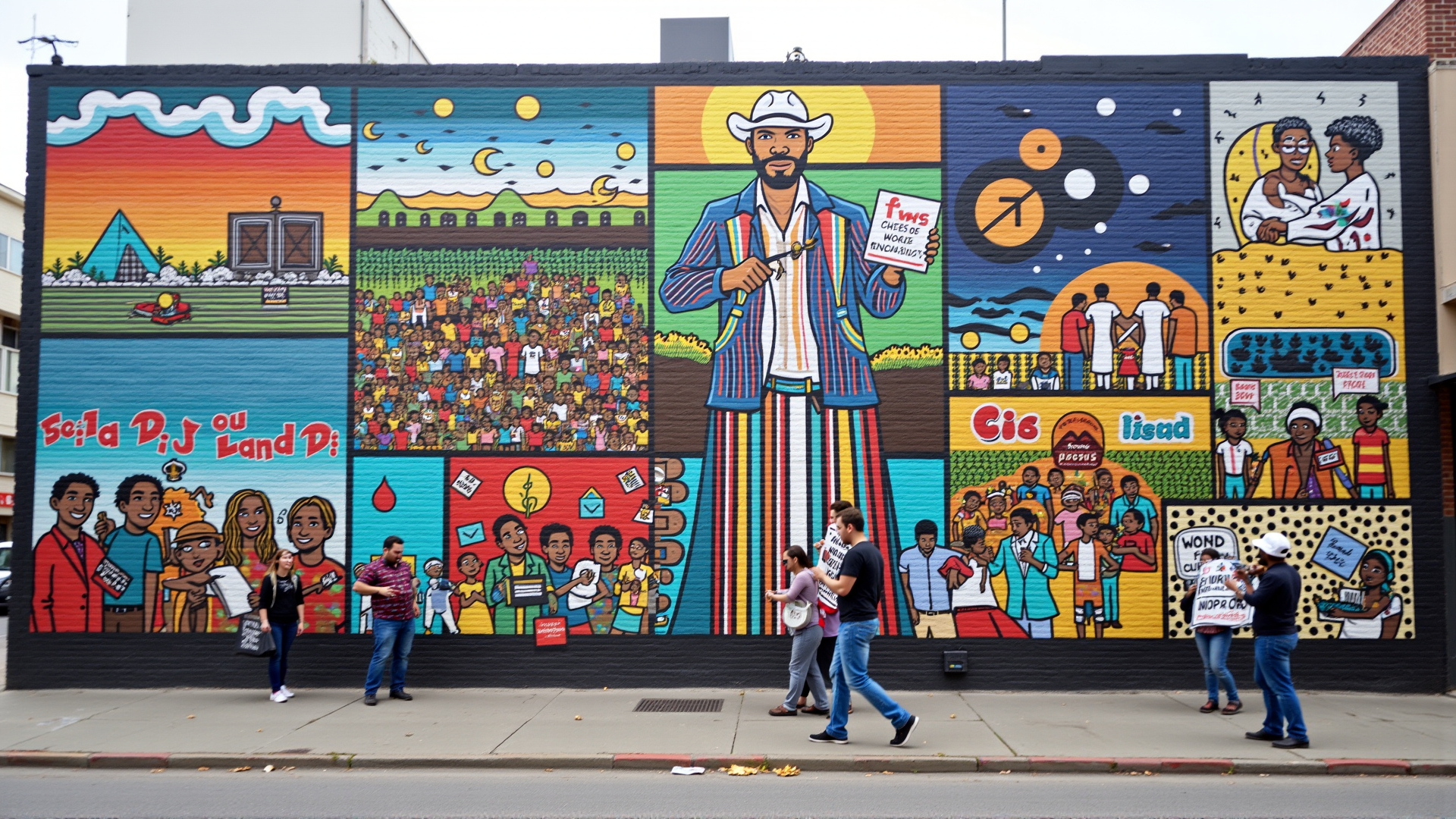In the ever-evolving landscape of art, contemporary artists continue to play a critical role in reflecting and critiquing societal issues. Artists around the world leverage their unique perspectives and mediums to address the pressing challenges and complexities of modern life. In doing so, they not only foster dialogue but also inspire change, making art a powerful tool for social commentary.
One of the most compelling aspects of contemporary art is its ability to cross cultural and ideological boundaries, addressing universal issues such as climate change, social justice, and technological impact. Through various mediums—ranging from digital installations to street art—artists depict the anxieties and hopes of the present day, inviting viewers to engage with the world more critically.
Take, for example, Olafur Eliasson, whose immersive installations often draw attention to environmental concerns. Eliasson's works, like "Ice Watch," which features large blocks of ice from the Greenland ice sheet, physically demonstrate the tangible effects of climate change. By bringing an aspect of the natural world into urban landscapes, he challenges people to consider their personal impact on the planet and encourages collective action.
Similarly, artists like Ai Weiwei use their platform to critique and illuminate issues of human rights and freedom. His piece "Remembering," which used 9,000 school backpacks to represent the children who perished in the 2008 Sichuan earthquake due to poor construction standards, is a poignant reminder of governmental accountability and human vulnerability. Ai’s art not only resonates with those who have lived through similar tragedies but also educates and mobilizes a global audience.
Art as activism is also evident in the work of street artists like Banksy, whose anonymous and subversive approach has captivated the public and the art world alike. Banksy's work often critiques political authority, consumerism, and social injustice with a sharp wit that is accessible and instantly recognizable. His art becomes a voice for the marginalized, using public spaces as a canvas to challenge societal norms and power structures.
Moreover, digital art and new media present fresh opportunities for artists to explore and comment on modern life's complexities. Artists like Rafael Lozano-Hemmer use interactive technology to explore themes of surveillance, identity, and communication in the digital age. His projects often invite public interaction, reflecting on how technology shapes our understanding of personal and collective narratives.
Women and BIPOC artists also bring invaluable perspectives to contemporary art by addressing issues of identity, race, and gender through their work. For instance, Kara Walker's powerful silhouettes and installations unpack the legacy of racism and historical trauma in narratives that provoke viewers to confront uncomfortable truths about history and its ongoing impact.
Ultimately, contemporary artists serve as cultural mirrors, making art that is not only aesthetically compelling but also rich with social and political implications. As society continues to grapple with complex issues, the role of artists as commentators and critics becomes increasingly vital. Through their work, they challenge audiences to question, reflect, and, ultimately, to act, using the transformative power of art to forge a more aware and engaged society. In this way, art transcends its traditional boundaries, becoming an essential lens through which to view and understand the world around us.
